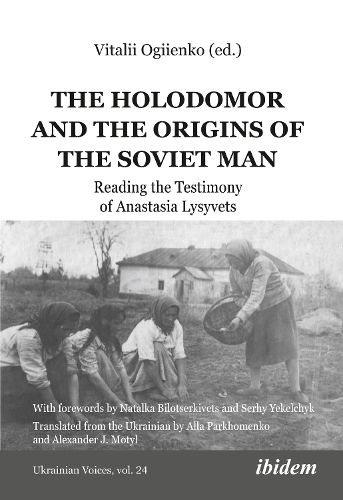Readings Newsletter
Become a Readings Member to make your shopping experience even easier.
Sign in or sign up for free!
You’re not far away from qualifying for FREE standard shipping within Australia
You’ve qualified for FREE standard shipping within Australia
The cart is loading…






Anastasia Lysyvets’s memoir Tell us about a happy life
(Skazhy pro shchaslyve zhyttia ), published in Kyiv in 2009 and now available for the first time in an English trans?la?tion, is one of the most powerful testimonies of a victim of the Holodomor, the Great Famine of 1932-1933 in Ukraine. This mass starvation was organized by the Soviet regime and resulted in millions of deaths by hunger. The simple village teacher Lysyvets’s testimony, written during the 1970s and 1980s without hope of publication, depicts pain, death, and hunger as few others do.
In his commentary, Vitalii Ogiienko explains how traumatic traces found their way into Lysyvets’s text. He proposes that the reader develops an alternative method of reading that replaces the usual ways of imagining with a focus on the body and that detects mechanisms of transmission of the original Holodomor experience through generations.
$9.00 standard shipping within Australia
FREE standard shipping within Australia for orders over $100.00
Express & International shipping calculated at checkout
Anastasia Lysyvets’s memoir Tell us about a happy life
(Skazhy pro shchaslyve zhyttia ), published in Kyiv in 2009 and now available for the first time in an English trans?la?tion, is one of the most powerful testimonies of a victim of the Holodomor, the Great Famine of 1932-1933 in Ukraine. This mass starvation was organized by the Soviet regime and resulted in millions of deaths by hunger. The simple village teacher Lysyvets’s testimony, written during the 1970s and 1980s without hope of publication, depicts pain, death, and hunger as few others do.
In his commentary, Vitalii Ogiienko explains how traumatic traces found their way into Lysyvets’s text. He proposes that the reader develops an alternative method of reading that replaces the usual ways of imagining with a focus on the body and that detects mechanisms of transmission of the original Holodomor experience through generations.